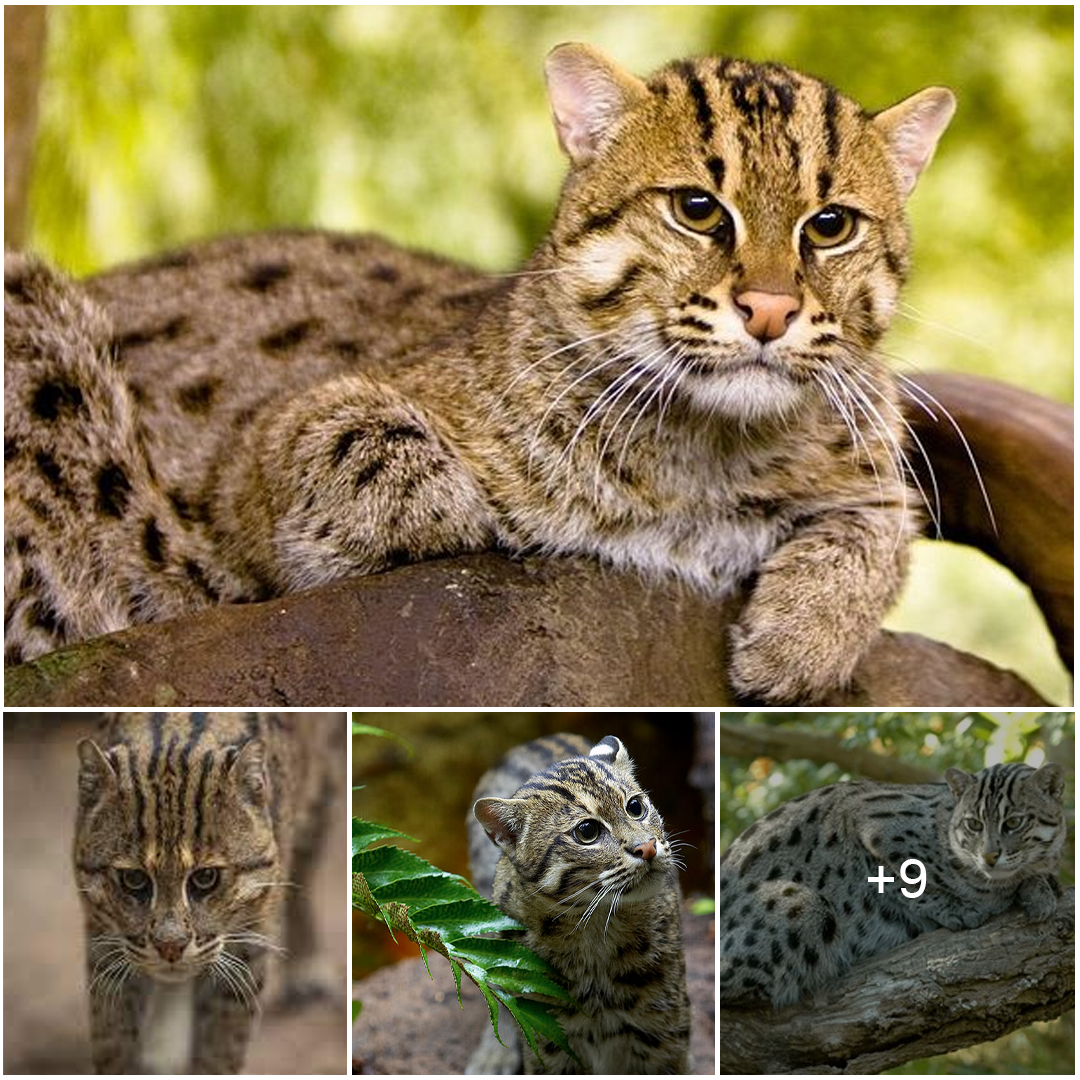
Unraveling the Secrets of the Fishing Cat: Exploring the Aquatic Hunter of Southeast Asia
The mysterious and elusive Fishing Cat (Prionailurus viverrinus) is a unique feline species native to the wetlands and mangrove forests of Southeast Asia. Renowned for its adept swimming skills and specialized hunting techniques, this charismatic cat has long captivated the imagination of researchers and wildlife enthusiasts alike.
Habitat and Distribution
Fishing cats are predominantly found in the wetland habitats of South and Southeast Asia, including countries such as India, Sri Lanka, Nepal, Bangladesh, Myanmar, Thailand, and Vietnam. They are particularly associated with marshes, swamps, and mangrove forests, where they can find an abundance of prey such as fish, frogs, crustaceans, and small mammals.
Physical Characteristics
The Fishing Cat is easily identifiable by its unique appearance. It has a stocky build, short legs, and a relatively short tail compared to other wild cat species. Its fur is typically olive-gray with dark spots arranged in rows along its body. Its distinctive rounded ears are marked with a prominent white spot, and its partially webbed feet make it well-suited for navigating aquatic environments.
Adaptations for Aquatic Hunting
One of the most remarkable features of the Fishing Cat is its proficiency in water. Unlike most other felines, Fishing Cats are adept swimmers and have been observed diving and swimming underwater to catch fish and other aquatic prey. Their partially webbed feet aid in swimming and provide excellent traction in muddy terrain. Additionally, their whiskers are highly sensitive, allowing them to detect vibrations in the water and locate prey even in murky conditions.
Hunting Behavior
Fishing Cats are primarily nocturnal hunters, although they may also be active during the day, especially in areas with less human disturbance. Their hunting strategy typically involves stalking prey along the water’s edge before pouncing with lightning speed to catch their quarry. They are known to use a variety of techniques, including dipping their paws into the water to mimic the movements of insects, thereby attracting fish within striking distance.
Conservation Status
Despite their remarkable adaptations and ecological significance, Fishing Cats face numerous threats in the wild. Habitat loss, primarily due to the conversion of wetlands for agriculture and urban development, poses the most significant threat to their survival. Additionally, they are often targeted by poachers for their fur and body parts, further exacerbating their decline.
Conservation Efforts
Efforts to conserve Fishing Cats are underway across their range, with initiatives focusing on habitat protection, community engagement, and research. Establishing protected areas, restoring degraded wetlands, and implementing sustainable land-use practices are critical for ensuring the long-term survival of this enigmatic species.
In conclusion, the Fishing Cat remains a fascinating and enigmatic creature whose secrets continue to unfold as researchers delve deeper into its ecology and behavior. By understanding and safeguarding its unique habitat, we can ensure that this extraordinary feline retains its place in the rich tapestry of Southeast Asia’s biodiversity.


